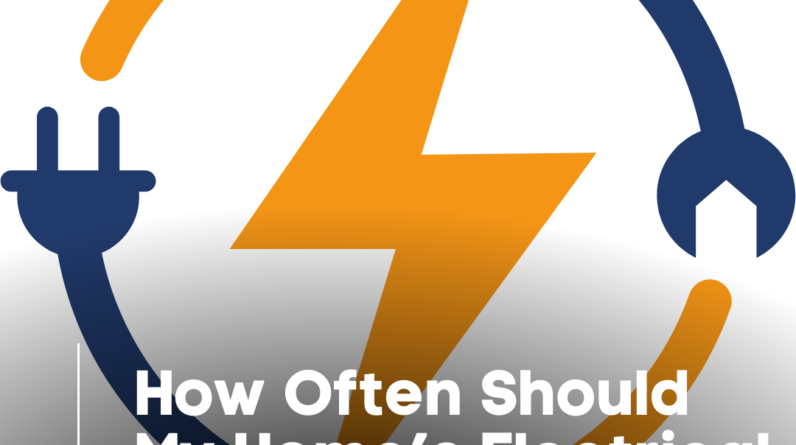
Torrance, CA – Electricity is an integral part of our daily lives, powering everything from our homes to our businesses. But how many of us truly understand the basic units that measure electricity? In this article, we’ll dive deep into the differences between volts, amps, and watts, shedding light on these fundamental electrical units. Whether you’re a homeowner in Torrance looking to understand your electricity bill better or a budding electrician, this guide is for you.
Key Takeaways:
| Concept | Definition | Analogy |
|---|---|---|
| Volts | Measure of electrical potential difference | Water pressure in a hose |
| Amps | Measure of electrical current | Amount of water flowing through a hose |
| Watts | Measure of electrical power | How fast water can fill a bucket |
Volts: The Electrical Potential
Understanding Volts
Volts, represented by the symbol “V”, measure the potential difference between two points in an electrical circuit. Think of it as the “pressure” that pushes electrons (the tiny charged particles) through a conductor, like a wire.
Analogy for Volts
Imagine water in a hose. The pressure that pushes the water through the hose can be likened to volts in an electrical circuit. The higher the voltage, the more “pressure” there is to push electrons through a circuit.
Amps: The Flow of Electrical Current
Understanding Amps
Amps, denoted by the symbol “A”, measure the flow rate of electrical current in a circuit. It tells us how many electrons are flowing through a wire at any given moment.
Analogy for Amps
Going back to our water hose analogy, if volts are the water pressure, then amps represent the amount of water flowing through the hose. A larger current (more amps) means more electrons are flowing, just as a larger water flow means more water is passing through the hose.
Watts: The Power of Electricity
Understanding Watts
Watts, represented by the symbol “W”, measure the rate of energy transfer or conversion. In electrical terms, it’s the amount of power being used or produced. The relationship between volts, amps, and watts is given by the formula: Watts = Volts x Amps.
Analogy for Watts
Think of a bucket being filled with water from our hose. Watts would represent how quickly that bucket gets filled. If you have high water pressure (volts) and a large flow of water (amps), the bucket will fill up very quickly, indicating a high power (watts).
Conclusion
Understanding the differences between volts, amps, and watts is crucial for anyone dealing with electricity, whether you’re trying to save on your energy bill or working in the electrical field. By keeping the water hose analogy in mind, you can visualize the relationships between these units and better grasp the fundamentals of electricity. Remember, it’s not just about the pressure (volts) or the flow (amps); it’s about the power (watts) that gets the job done.






